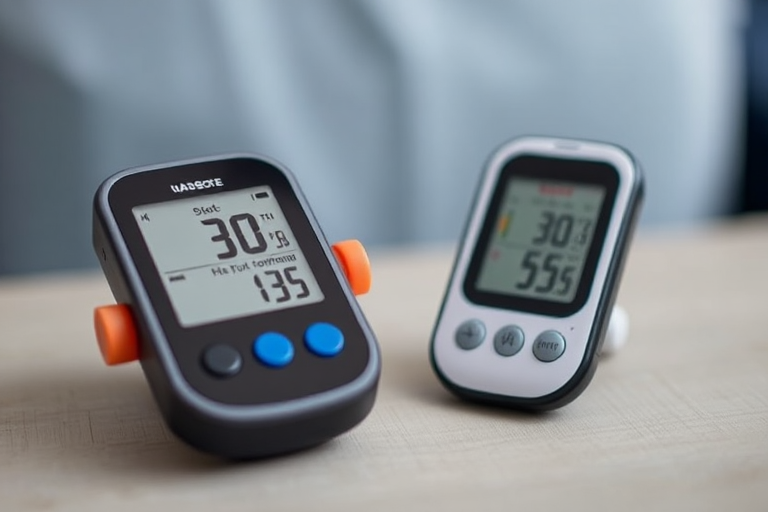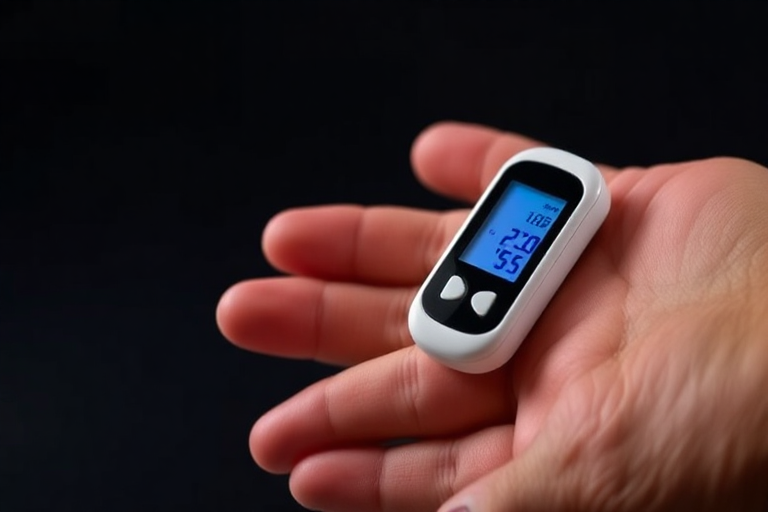
Maintaining optimal blood sugar levels is crucial for overall health, especially for individuals managing diabetes or prediabetes. Blood sugar, or glucose, is the primary source of energy for the body’s cells, and its regulation is vital for preventing complications such as heart disease, kidney failure, and nerve damage. In this article, we will explore the importance of blood sugar health and how glucose monitoring devices can play a pivotal role in managing it effectively.
First and foremost, understanding what blood sugar levels mean is essential. Blood sugar levels fluctuate throughout the day, influenced by factors such as diet, physical activity, stress, and medication. For individuals without diabetes, the body naturally regulates these levels through the hormone insulin. However, for those with diabetes, this regulation is impaired, making it necessary to monitor blood sugar levels regularly.
Glucose monitoring devices have revolutionized the way individuals manage their blood sugar. These devices provide real-time data, allowing users to make informed decisions about their diet, exercise, and medication. There are several types of glucose monitoring devices available, including traditional blood glucose meters, continuous glucose monitors (CGMs), and flash glucose monitors.
Traditional blood glucose meters require a small blood sample, usually obtained by pricking the finger. The blood is then placed on a test strip, which is inserted into the meter to provide a glucose reading. While these meters are accurate and widely used, they only provide a snapshot of blood sugar levels at the time of testing.
Continuous glucose monitors (CGMs) offer a more comprehensive view of blood sugar levels. These devices use a small sensor inserted under the skin to measure glucose levels in the interstitial fluid continuously. The data is transmitted to a receiver or smartphone, providing real-time updates and trends. CGMs are particularly beneficial for individuals who need to monitor their blood sugar levels closely, such as those with type 1 diabetes or those on intensive insulin therapy.
Flash glucose monitors are another innovative option. Similar to CGMs, these devices use a sensor to measure glucose levels. However, instead of continuous data transmission, users must scan the sensor with a reader or smartphone to obtain their glucose readings. This method offers a balance between convenience and comprehensive monitoring.
Choosing the right glucose monitoring device depends on individual needs and preferences. Factors to consider include the frequency of monitoring, ease of use, cost, and the level of detail required. Consulting with a healthcare provider can help determine the best option for managing blood sugar effectively.
In addition to using glucose monitoring devices, maintaining a healthy lifestyle is essential for blood sugar management. A balanced diet rich in whole grains, lean proteins, healthy fats, and plenty of fruits and vegetables can help stabilize blood sugar levels. Regular physical activity also plays a crucial role, as it helps the body use insulin more efficiently and lowers blood sugar levels.
Stress management is another important aspect of blood sugar health. Chronic stress can lead to elevated blood sugar levels, as the body releases stress hormones that increase glucose production. Techniques such as mindfulness, meditation, and regular exercise can help reduce stress and improve overall well-being.
In conclusion, maintaining healthy blood sugar levels is vital for preventing complications and promoting overall health. Glucose monitoring devices provide valuable tools for managing blood sugar effectively, offering real-time data and insights. By combining these devices with a healthy lifestyle, individuals can take control of their blood sugar health and lead a more balanced life.
